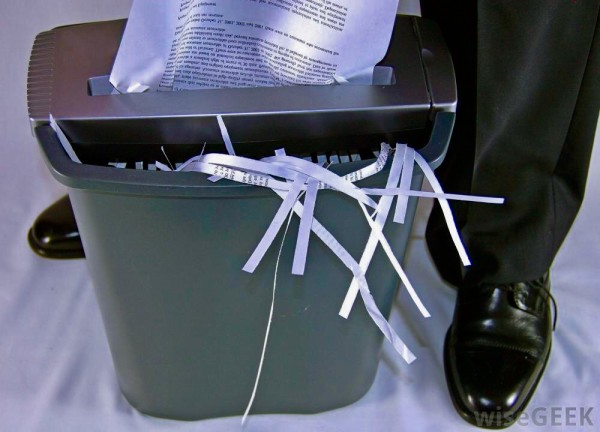In Persampieri v. Hobbs, the Plaintiff was rear-ended by the Defendant and brought a tort claim for damages. Following a two week trial, the jury awarded net damages of $20,414.83. However, this case is significant for the costs award – roughly 12 times the amount awarded in damages!
Several months before trial, on March 21, 2017, the Plaintiff served a rule 49 Offer to Settle the action for $20,000.00, plus partial indemnity fees and disbursements. On May 15, 2017, about two weeks before trial, the Plaintiff served a further Rule 49 offer for $10,000.00, plus partial indemnity costs. Comparing the Offers to the jury award, the Plaintiff clearly “beat” the award. At the costs hearing, the Plaintiff sought the usual cost consequences under Rule 49.01(1). The Defence adamantly argued that to order costs as sought by the Plaintiff would be unreasonable and not proportional to the net award.
Justice Sanderson thought otherwise. According to Justice Sanderson, “to let proportionality be the overriding, or even the predominant factor, would be grossly unfair to the Plaintiff and would be to reward the uncompromising, and, (in the light of the jury verdict) unreasonable behaviour of the insurer.” She noted the Insurer took a hard line, despite admitting liability. From day one, the Insurer took the position that it had assessed the case on its merits and was not willing to offer even $1.00 towards settlement. The Insurer never budged from this aggressive stance.
Justice Sanderson noted that, in this case, the party trying to rely on the proportionality principle was a sophisticated insurer that had made a tactical decision to reject a Plaintiff’s Rule 49 Offer understanding the risk in costs that it was taking by doing so. Furthermore, because the Insurer had framed its defence in the manner that it had, it knew that the resolution of the issues at trial would involve the hearing of lengthy and costly evidence.
Ultimately, Justice Sanderson found no reason to depart from the usual cost consequences of Rule 49.01(1) and found the Plaintiff entitled to her costs on the partial indemnity scale to May 15, 2017, and to her costs on the substantial indemnity scale thereafter. The Court ordered costs of $237,017.50 – almost 12 times the net of the jury award!
This case is a serious warning to Insurers that “playing hardball” could well expose them to significant adverse cost consequences at trial, even where they are successful in limiting the plaintiff’s recovery to a very modest amount.
The decision is also notable for its thorough review of the case law on costs.




